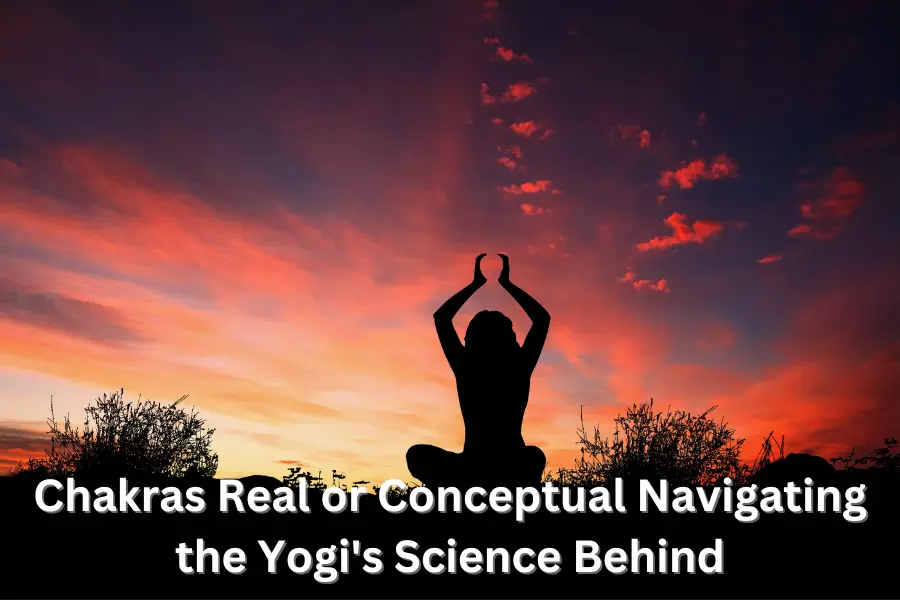Chakra is part of the yoga practice that has been continuing for thousands of years in human history. The earliest recollection of chakras in history has been recorded in 600 BC, making this yogi science at least 2000 years old.
The word chakra means a wheel, as it is believed that chakras are energy centers that revolve around their axis. They are spinning forces that correlate with varying abilities, capacities, and skills of a person, be it academic, emotional, or physical health. The chakra system is considered to be rooted in Hindu belief, but aspects can be found in Buddhist traditions as well. However, critics of major chakras believe in new-age scientific evidence and state that there is no real way to prove the presence of chakras in any objective way that is supported by substantial and factual evidence.
So this leads to the age-old question, are chakras real or conceptual? To explore why one must believe or not believe in mind and body subtle energy centers, this article has been written to profile all the evidence we have.
Navigating the Chakra Controversy
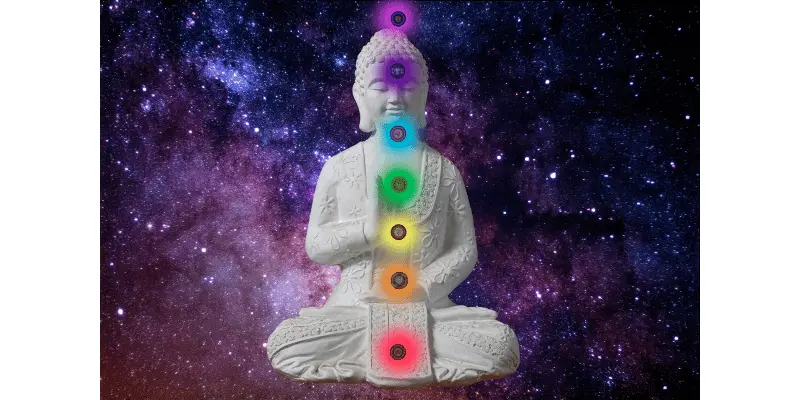
The debate surrounding the chakra concept can be overall also termed to be the difference in Eastern and Western spiritual thinking. Root chakra and kundalini are concepts that originated from the Eastern part of the globe, as part of the Hindu and Buddhist belief systems. However, most of what we know today in the West is an outcome of 20th-century Western spirituality and spiritual thinkers. Our knowledge about Manipura, tantra, mantra, and prana or the solar plexus chakra has been thought and taught by Western philosophers and thinkers, so obviously some things find root in original belief and others are completely made up.
Read Also: How to Activate Chakras in Human Body (A Comprehensive Guide)
The Debate: Are Chakras Real or Conceptual?
Believers of the concept of chakra are often found to reinstate that one experiences physical, mental, and emotional improvements through chakra re-alignment, with the help of mindfulness exercises, meditation, or yoga. The Chakra at the top of the head can be healed in a tantric way or anahata chakra can encourage an emotional awakening if aligned. However, modern science does not provide supporting evidence for the way chakras consume energy. The human body, they say, receives energy from food, digests it, uses it, and defecates it out. So what is it? Are chakras real or conceptual?
- Introduction to the Ongoing Discourse about the Existence of Chakras
The existence of chakras, as supported by its proponents is the seven charka system. These are the Root Chakra, Sacral Chakra, Naval Chakra, Heart Chakra, Third Eye Chakra, and Crown Chakra. The seven chakras highlight seven points on the physical body that originate from the base of the spine to the top of the head. In yogic practice, these are spots of vital energy that are part of the normal system of the human body.
- Overview of the Diverse Perspectives from Yogis, Scientists, and Spiritualists
The major argument put forward by critics is that the chakra system, much like people who believe in ghosts is grasping at made-up imaginary stuff. A spot in the dark can seem like a ghost is standing there, but once you turn on the light, it is just a jacket that is hanging at a weird angle. Therefore, the lack of appropriate scientific evidence and proof of chakras’ existence is what leads to shunning this idea
- Presenting the Fundamental Question: Are Chakras a Tangible Reality or a Conceptual Construct?
A simple answer would be no, but also yes. Let me explain, thinking of chakras as this real energy center that can be aligned and used to treat a problem you are facing is not a smart decision. However, if you think of chakras as symbolic of an issue, then you are on the right path.
The Yogi’s Perspective: Chakras in Ancient Wisdom
Chakras represent over 2000 years of history, so of course the system has spiritual traditions and Sanskrit dialect that can be understood.
- Exploring the Roots of Chakras in Yogic Traditions
Chakras originate from the Vedas, an ancient Indian Hindu core text that has described the philosophy of yoga. The subtle body energy centers and seven main chakras originate from the Vedas. The existence of chakras in the Vedas, however, is not to represent the seven chakra system, but instead talks about influence and power as part of human energy.
- Discussing the Experiences and Teachings of Yogis Regarding Chakra Activation
As per Buddhist texts, a chakra can get blocked and therefore needs to be activated. Activating a certain chakra has implications at spiritual and emotional levels, as well as on the physical body. For example, activation of the solar plexus chakra allows feeling confident, powerful, and motivated.
- Unveiling the Connection between Chakras and Spiritual Enlightenment
Spiritual awakening is perhaps the most important part of activating all 7 chakras. Chakras can help you attain enlightenment, as you correlate your energies to the universe.
Decoding the Chakra System
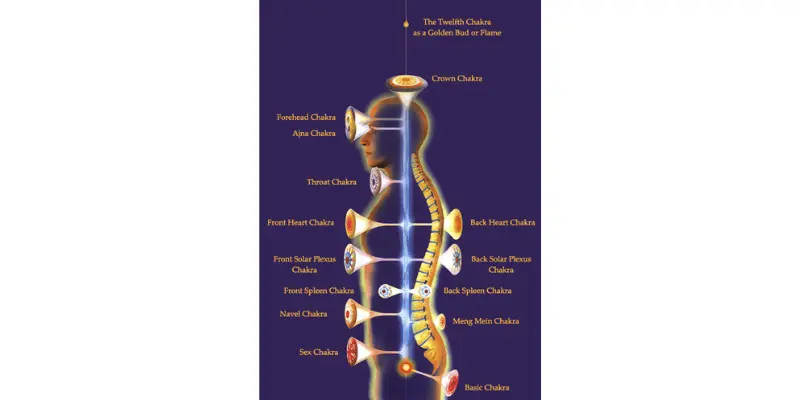
Buddhist texts believe in 4 chakras, while some believe in six chakras. However, modern Western spirituality believes in the seven-chakra system, which will be discussed in this article today
How Many Chakras Exist?
There are numerous chakras all around the human body, which can be activated in different ways. However, to make matters easy to understand, seven chakras are followed.
- Investigating the Various Theories on the Number of Chakras in the Human Body
Given that the science behind chakras believes there to be multiple energy centers, there many ways that they can be categorized. Chakras and how many there are is much debated. The Nyimgmapa Vajrayana Buddhist teachings call for 8, Vedas call for 7 and others also believe in 4 within the body.
- Analysing the Traditional Concept of Seven Main Chakras
The number of chakras in this system has not been chosen on a fluke. Rather the life force within the body has 7 main energy centres, which represent nadis or ajna on the body.
- Introducing Alternative Views on the Existence and Quantity of Energy Centres
Alternative views may exist on the quantity of chakras, but most yogic teachings believe in the existence of chakras. Chakras are real and represent subtle energy points on the body, albeit they can be 4 7, or 8.
The Seven Chakra System: Ancient Wisdom or New Age Notion?
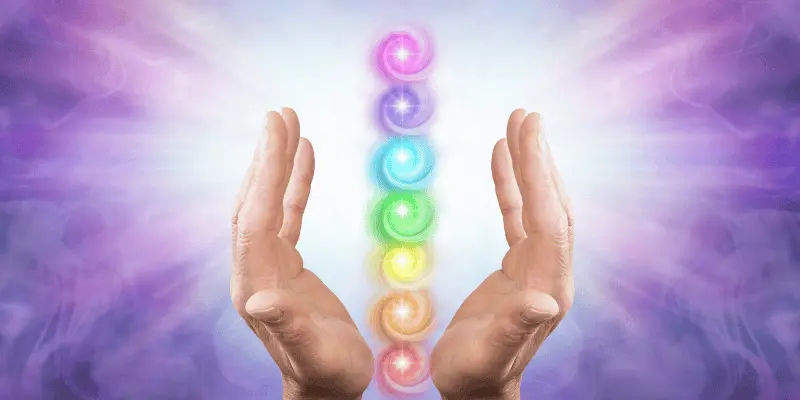
- Tracing the Historical Development of the Seven-Chakra System
It originates from the Hindu religious book Vedas and Buddhist teachings as well
- Examining its Adaptation in Modern Spiritual Practices
The 20th century saw a rise in Western spiritual beliefs, and therefore modern adaptations to chakras are present as well. An example is the emphasis on emotional health as much as physical health with chakras
- Discussing the Influence of New Age Movements on Popularizing the Concept of Chakras
New age movements are associated with the chakras, as many consider them to be a part of it. The popularity of chakras increased, as more people now want to follow classic yoga traditions for spiritual awakening, emotional well-being, and physical health.
Read Also: Unlocking Mysteries & Energy: Chakras Beyond Religion
Science Meets Spirituality: Unveiling the Truth
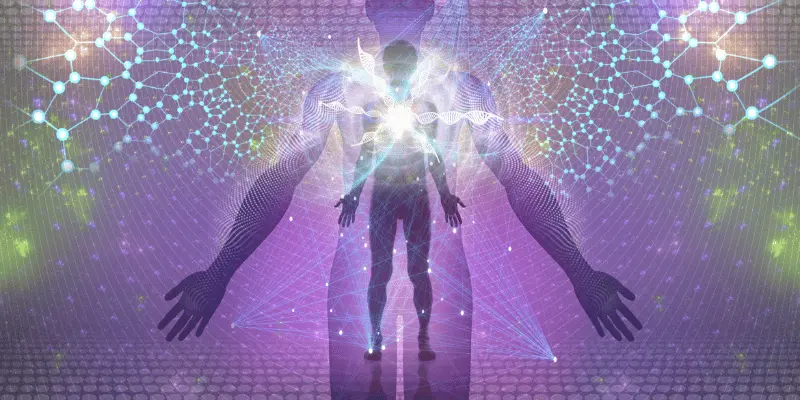
One might think of science to be objective and rational in its view, while spirituality is highly subjective and varies from person to person. This is why, the point where science meets spirituality is much contested, whether chakras are concerned or some other spiritual view.
The Science Behind Chakras: Real Or Pseudoscience?
- Exploring Scientific Perspectives on the Existence of Energy Centres
Exploration of the nature of reality is what intercedes the presence of chakras through scientific understanding. Science can prove that there is a fundamental truth to the universe, but our place within that truth is explored through spirituality. The existence of energy centers, as proven by science is that the human body contains energy, but chakras don’t involve a scientific basis.
- Analysing Studies and Research Related to Chakra Activation
Any empirical research on chakras along with energy centers is highly limited and if any is done, it is only to disprove it. The studies that do add to the argument, although highlight the concepts of confirmation bias and pseudoscience as supporting evidence for the criticism.
- Discussing the Challenges of Empirically Proving or Disproving the Concept
To empirically prove chakras, one needs factual substantive evidence, which cannot be gained. The only proof we do have is the people who have healed using the chakras system. However, what is considered real by thousands can also not be disproved because their healing journey is real
Kundalini Awakening: Bridging the Gap between Science and Spirituality
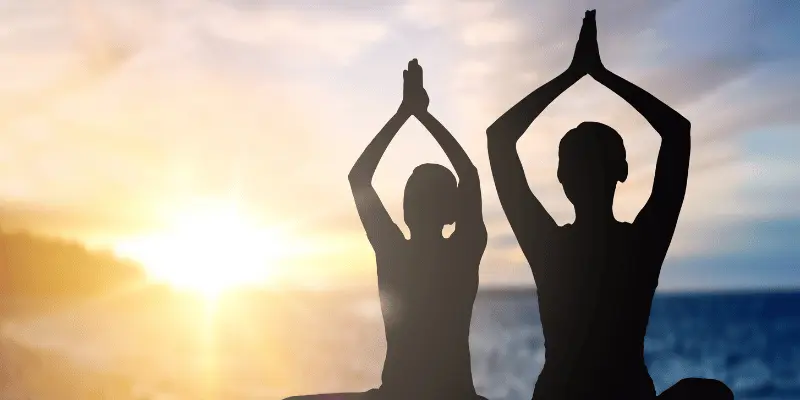
Where science and spirituality do meet unequivocally is the kundalini awakening. When reached, the subject feels energy moving through their body and can experience spasms of shaking or jerking.
- Defining Kundalini Energy and its Role in the Chakra System
Certain yogic practices, like Vishuddi or Jung, can be used to awaken kundalini energy through the body. These energy channels flow through the seven chakras and are the sure-shot route to spiritual liberation
Examining Instances of Kundalini Awakening in Both Spiritual and Scientific Contexts
- Feeling free
- A sense of euphoria
- Feeling unconscious reality
- Mind is still, but you are still involved
- Troubled sleeping
- The heat that originates from the spine
- Integrating Spiritual Experiences with Neuroscientific Explanations
The periaqueductal region in the middle of the brain is the neuroscientific evidence for spiritual experiences that originate from kundalini. This part of the brain correlates emotions to sounds, voices, and even songs or mantras/tantras.
- Does Science Confirm the Existence of Chakras?
No, science cannot confirm its existence because when we think of chakras, it is not a real or tangible thing that can be measured, evaluated, and proven/disproven. However, chakras are considered by science to have a positive effect emotionally, physically, and spiritually on followers, which cannot be disproven.
- New Age Adaptation of Chakras
The new age adaptation of the chakra system is not exactly similar to what the Buddhists or Hindu mystics developed. Instead, it tends to relocate the seven chakras as focal points, which are inter-connection. These focal points also have colors that match their energies, which can be used to foster wellness
Chakras in Modern Times

The modern emphasis on science has what made chakras also correlated to physical health and emotional well-being. The chakra relates to the well-being of the person, which stems from the view that energy centers are correlated to health
Chakras Beyond Tradition: Evolution in Contemporary Spirituality
In the contemporary view, chakras are not shunned for being false. Instead, lower chakras and kundalini awakening are respected as a means of subjective experience, which is held in deepest value by a person.
- Exploring How the Concept of Chakras Has Evolved In Modern Spiritual Practices
In modern spiritual practices, you will not see traditional chakra systems of Hindu mythological views or Buddhist belief systems. Instead, modern spirituality is encouraged by a collection of poets, hymns, and spiritual practices, without any core religious view to be attached for support.
- Discussing the Integration of Chakras into Holistic Wellness Approaches
The holistic outlook towards health puts adequate importance on using a person’s spirituality and belief system in encouraging their wellness journey. Therefore, the chakras are effectively integrated into holistic healthcare, through belief, practice, and compassion
- Examining the Role of Chakras in Fostering Self-Awareness and Mindfulness in Today’s World
Chakras, much like any other healthcare technique, emphasize individual well-being and health. By being in tune with the feelings and emotions of oneself, chakra energy radiates through the person. However, to reach this, modern times call for self-awareness and mindfulness.
Energy Existence: Beyond Chakras in the Human Body
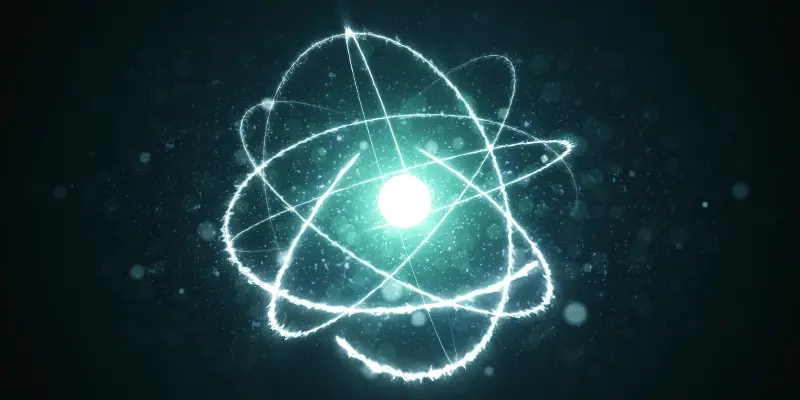
Irrespective of what you call it, the spiritual view of the human body says that an energy connected to a higher entity is present and attached to physical form. This energy can be called a soul or a chakra, but it represents the same thing.
Read Alos: How to Unblock Your 7 Chakras and Restore Flow of Energy
- Investigating the Broader Concept of Energy Beyond Traditional Chakras
Chakras are vital energy centers, but the subtle energy system is much more wide-reaching than just 7 noble truths. The broader concept of chakras, therefore emphasizes energy that impacts and runs through the whole the human body
- Discussing the Existence of Energy in Various Cultural and Medical Contexts
In cultural context, chakras form gap junction connections, by bringing together people and fostering a community. At the medical level, spirituality has the power to change your thinking and perspective, and with a positive mindset you can achieve the impossible
- Presenting a Holistic Perspective on Energy Flow within the Human Body
Holistically, a spiritual otherness to oneself is likely to present. There are different ways humans view this. Some call it the soul and others break it down into chakras. These are states of consciousness that are connected to God and present an aperture into space. Shunning out the chakra view of energy flow for being ancient science is also not appropriate, because the lived experiences of those who have been healed and improved cannot be negated.
Summarizing the Seven Main Chakras
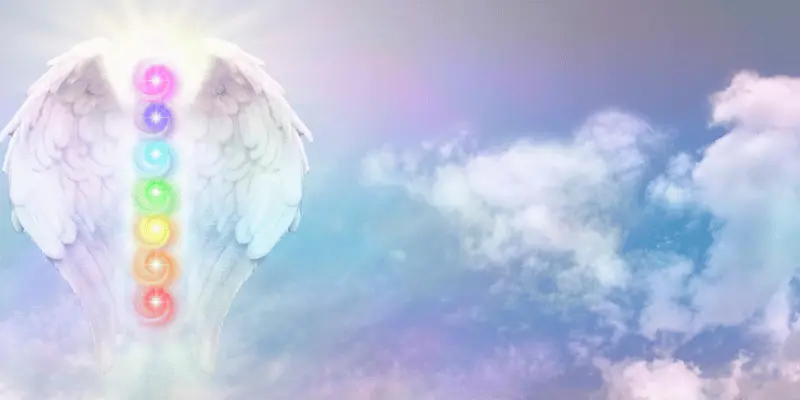
Can You Open Your Chakras?
Rather than opening, the correct term to use is to activate your chakras. You can’t open them, but you can certainly activate the energy flow in a chakra.
Can We See Our Chakras?
To the naked eye, chakras are not visible. However, kundalini awakening is all about experiencing energy flows within your body, so it is not impossible
What Religion Do Chakras Belong To?
As I said, chakras represent the same view, but in a different way. Although, chakras originate from the Hindu belief system and are supported by Buddhist practices as well, the same understanding can be found of energy flow in other religions that believe in a soul
Are Chakras Electromagnetic?
Yes, they are considered to be electromagnetic vortices that distribute energy throughout the body. A chakra, just like a magnet, can attract energy and repel it
Did The Ancient Yogis Believe In Them?
Yes of course. Ancient yogic tradition forms the basis of the chakra system that we see today. Although it may not have been present in the same form, you can certainly find writings where chakras are being discussed, activated, and healed.

